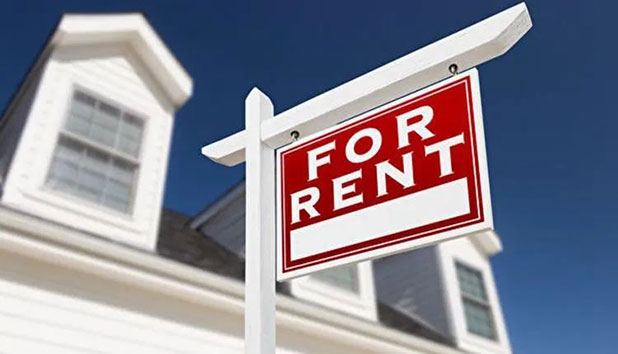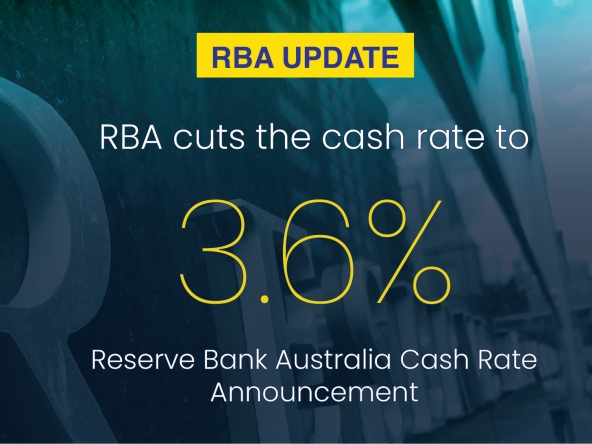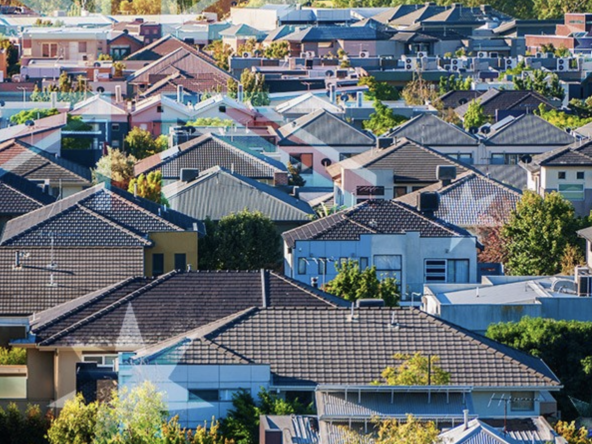
Core Logic, an Australian real estate industry research institution, said that the rise in rents across Australia may soon reach its peak, but once interest rates stabilize, more investors will enter the market. This is because the latest data in August and September show that rent continues to grow at an annual rate of 10%.
CoreLogic’s latest quarterly review found that the rent rose 0.6% in September, the smallest monthly increase since this year. The quarter from July to September slowed again, with rent rising 2.3%, compared with 2.9% in the first 12 weeks ended June 30. Since August 2020, rents across Australia have increased by 20%, or $90 per week.
CoreLogic said in its report that in view of the shortage of leased properties, the increase in rent is slowing down. Landlords may experience “affordability constraints”. One of the reasons for the shortage is that investors cashed in at the peak of the recent real estate boom and sold it to owner occupiers, which resulted in a rental stock of – 35.4% lower than the five-year average.

It is reported that the vacancy rate in Australia is at the lowest level, only 1.1% in September and 1.3% in June. Some quick facts from CoreLogic’s comments on the rental market:
- Output
As the real estate value adapts to higher interest rates, the rental yield is getting higher and higher. The national real estate value fell by 4.1%, and the quarterly income growth in September was 2.3%, leading to the yield rising to 3.57%. The yield has not yet reached the average level of 4.24% before the pandemic. - Buyer
Once the interest rate stabilizes, higher yield, lower value and stronger purchase conditions may attract more investors to enter the market. - New Options
More and more tenants are building larger families or looking for more affordable rental options to reduce costs. - Immigration
Rental growth in capital cities exceeded that in other regions. The return of overseas immigrants to Sydney, Melbourne and Brisbane is affecting this trend. - Macro market
In September quarter, Brisbane’s rent rose the fastest (3.8%). The only city with negative fluctuations was Canberra, where housing rents fell by 0.9%. However, it remains the most expensive city to rent, averaging $730 a week.
Although the rising borrowing costs will reduce the borrowing capacity of Australians, the fundamentals of the real estate market are still very stable. Australia’s recent economic performance is good, and the unemployment rate is close to a 50 year low. This will drive stronger wage growth and, to some extent, rebuild borrowing capacity. In addition, the current tense rental market may prompt some renters to buy houses, and the strong rebound in the immigration rate may also increase investor activity, supporting the market in large cities.



